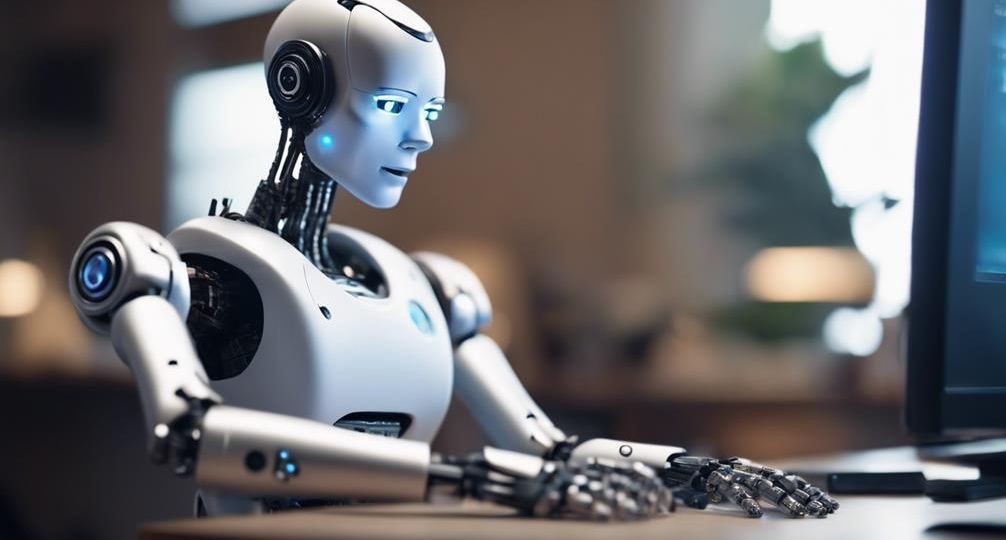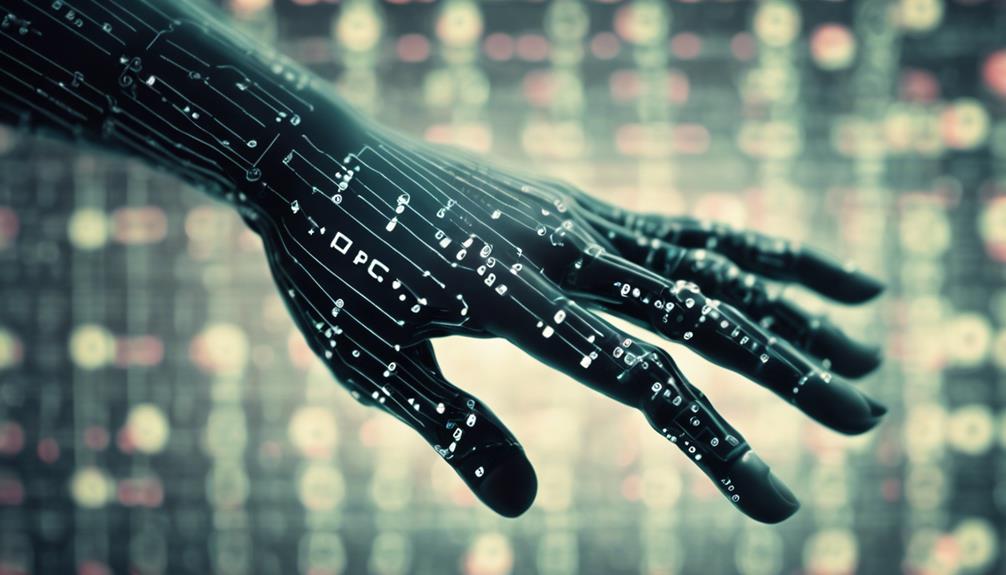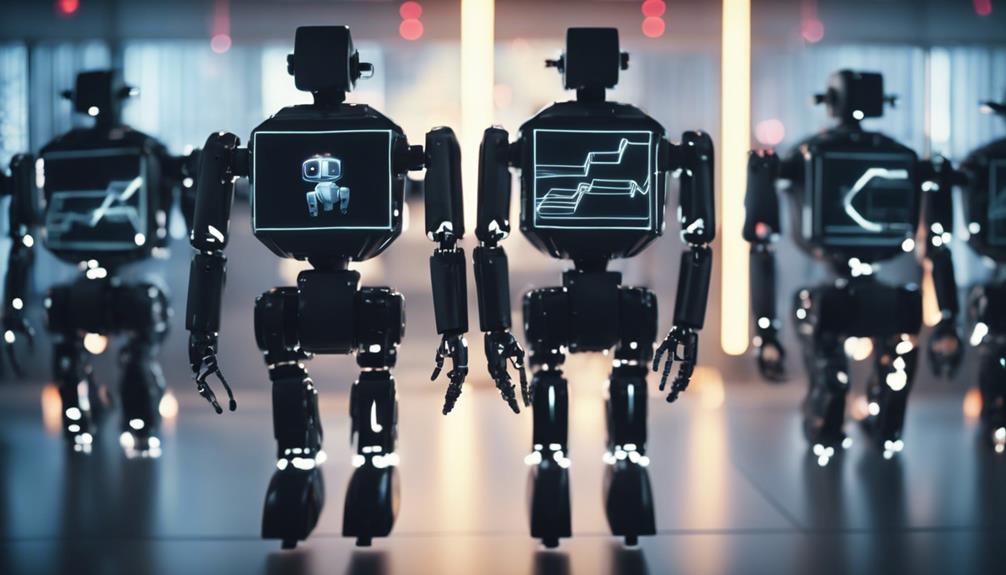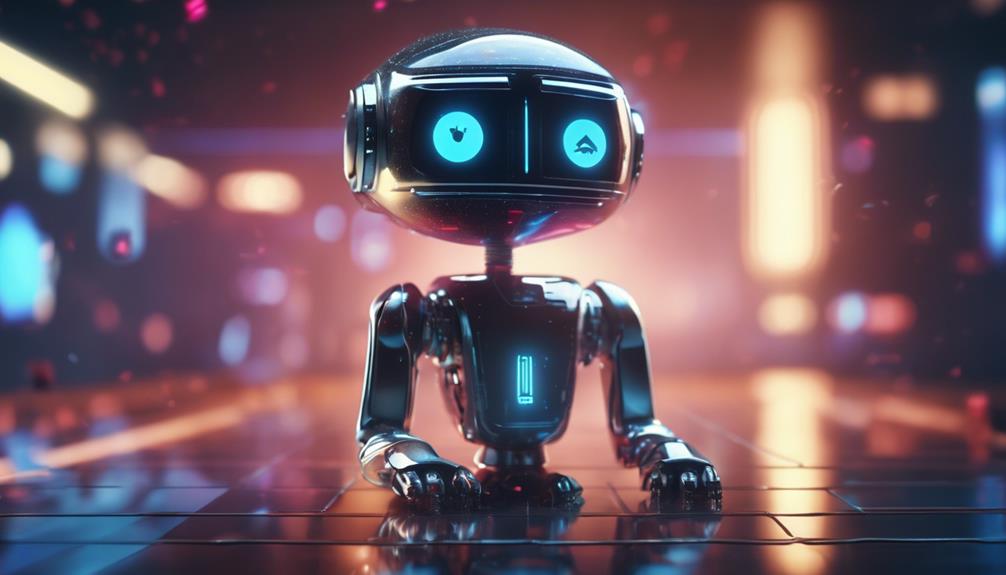
Can bots comment on YouTube?
In the vast, boundless world of YouTube, there are millions of conversations happening at any given moment. You’re probably familiar with the typical commenting system, but have you ever considered that some of those comments might not be from humans at all?
Yes, we’re talking about bots. These automated programs can, and indeed do, comment on YouTube. But how does this work, and what implications might this present? Those are the riveting queries we’re about to explore.
Are you ready to dive into the unseen underbelly of YouTube’s comment section?
Key Takeaways
- Yes, bots can comment on YouTube, often posting relevant remarks based on video themes using AI personalization.
- Bots’ comments can be detected by analyzing engagement patterns, as they tend to post more frequently and may leave generic or irrelevant comments.
- Unwanted bot interactions can be mitigated by understanding their engagement behavior, staying updated on regulations, and reporting suspicious activity to YouTube.
- Ethical considerations arise with bot comments, as they can manipulate user opinions, distort performance metrics, and flood channels with spam.
Understanding YouTube’s Bot System

Often, you may find yourself puzzled by YouTube’s bot system, a complex yet integral part of the platform’s functioning. These bot algorithms are designed with the primary goal of enhancing user experiences, but they can be quite intricate and elusive.
To break it down, YouTube’s bot systems work tirelessly behind the scenes, studying your preferences and habits. They’re the whiz-kids that suggest new content based on what you’ve already watched, liked, or shared. They’re responsible for the videos that pop up on your home screen, the ones you can’t help but click on.
At the same time, these bots can also moderate comments, flagging inappropriate content or spam before it reaches you. They’re the silent guardians, keeping your interactions clean and relevant, all while aiming to heighten your experience on the platform.
Yet, you might wonder if there’s a downside to these bots? Well, they aren’t perfect. They can occasionally misinterpret content context, leading to false positives or negatives. However, YouTube continuously works on refining these algorithms, striving to make your virtual journey smooth and enjoyable.
Types of Bots on YouTube
Now that you’re familiar with the general workings of YouTube’s bot system, let’s categorize the types of bots you’ll encounter on the platform. Bot programming and bot evolution have paved the way for a variety of YouTube bots, each with unique functionalities.
The first type is the View Bot. It’s designed to inflate video views, creating an illusion of popularity. Next, we’ve got the Like Bot. This bot’s main function is to increase the number of likes on a particular video. Lastly, there’s the Sub Bot, programmed to increase the number of subscribers to a channel.
Here’s a table summarizing the types of YouTube bots:
| Type of Bot | Primary Function | Impact on YouTube |
|---|---|---|
| View Bot | Inflate video views | Skews popularity metrics |
| Like Bot | Increase video likes | Influences user perception |
| Sub Bot | Boost channel subscribers | Influences channel rankings |
How Bots Interact With Comments

Understanding how bots interact with comments on YouTube is crucial.
You’ll first need to grasp the basics of bot commenting, then move on to identifying signs of bot activity.
Bot Commenting Basics
To fully grasp how bots interact with comments, it’s crucial to first appreciate the underlying mechanics of bot commenting on platforms like YouTube. With the advent of advanced technologies, bots have become more sophisticated, enabling a higher level of personalization and curation.
- Bot Personalization: Through AI and machine learning, bots can tailor comments to match the context of videos, making them appear genuine.
- Comment Curation: Bots not only post comments but can also curate them, filtering out spam or inappropriate content.
- Automated Engagement: Bots can significantly boost engagement by liking, sharing, and subscribing.
- Thematic Consistency: Bots maintain consistency by posting comments relevant to the video theme.
Understanding these basics is a stepping stone to leveraging bot technology for meaningful engagement.
Detecting Bot Activity
In the realm of YouTube comments, discerning bot activity from human interaction isn’t always straightforward, but there are certain tell-tale signs you can watch for. Bot Identification Techniques often involve analyzing patterns of engagement, such as the frequency, timing, and content of comments. Bots typically post at a much higher rate than humans and may exhibit non-random timing. The content of their comments may be generic, irrelevant, or suspiciously promotional.
Mitigating Unwanted Bot Interactions
You can mitigate unwanted bot interactions by understanding how they engage with YouTube comments and implementing effective strategies to combat them. Bot regulation policies and user protection strategies are critical in minimizing these interactions.
Here are some steps you can take:
- Stay updated on YouTube’s bot regulation policies, these are designed to prevent unwanted bot activities.
- Regularly update your account’s privacy settings.
- Be cautious of suspicious links and comments.
- Report any detected bot activity immediately to YouTube.
It’s not just about controlling these interactions, but also creating a safer digital environment. By being proactive, you’re not only protecting your own account but also contributing to a more secure YouTube community. Remember, every step counts in the fight against bots.
The Ethics of Bot Comments

When considering the ethics of bot comments, it’s crucial to examine their potential impacts on the discourse within a YouTube community. You must look into the bot accountability aspect. Are these automated entities held responsible for the comments they generate? If not, who is? It’s crucial to establish robust ethical guidelines to regulate bot activity, ensuring they’re not hindering healthy, human conversation.
Bots can shape the narrative of a video, manipulating users’ opinions and creating a false sense of consensus. They could also flood a channel with spam, distracting from genuine interaction. Some may argue it’s innovative, using technology to drive engagement. However, ethical concerns arise when this engagement isn’t authentic but rather automated and potentially misleading.
Ultimately, the ethics of bot comments on YouTube is a complex issue. It demands careful contemplation, balancing innovative potential against maintaining an authentic, meaningful dialogue.
Implications for Content Creators
For YouTube content creators, the proliferation of bot comments presents a unique set of challenges and implications. You may find yourself entangled in a web of ‘Creator Bot Collaboration’ one moment, and succumbing to ‘Bot Induced Burnout’ the next.
- Creator Bot Collaboration: Bots, when used effectively, can amplify your reach, drive viewer engagement, and even perform mundane tasks. They can become your silent partners in content creation and distribution.
- Bot Induced Burnout: However, the constant need to filter out bot comments, distinguish genuine feedback, and safeguard your channel’s reputation can lead to exhaustion.
- Bots and Metrics: Bots can artificially inflate your views and comments. While this might look good initially, it can distort your performance metrics and mislead your content strategy.
- Ethical Implications: You’re also confronted with ethical considerations. Should you engage with bots, knowing they can skew public perception?
In the face of these implications, you need to adopt a balanced approach. Harness the potential of bots without compromising the authenticity of your content or succumbing to burnout. Remember, your audience craves real connections. In this era of automation, don’t let bots overshadow the human touch that makes YouTube a vibrant community.
Future of Bots on YouTube

As we move ahead, you’ll find that the role of bots in boosting engagement on YouTube is becoming increasingly significant.
Advancements in bot technology are set to transform not only how we interact with content but also how content is generated and promoted.
You’ll see how these innovative changes could potentially shape the future of YouTube.
Bot’s Role in Engagement
In the context of YouTube, bots can significantly influence user engagement, potentially shaping the future of interaction on the platform. ‘Bot personalization’ is a key feature that engages users, tailoring responses based on individual preferences. ‘Comment spamming’, on the other hand, can cause a detriment, potentially driving users away.
Bots play several roles in user engagement:
- Facilitating interaction through automated responses
- Enhancing viewer experience with personalized content
- Driving up viewer numbers through strategic comments
- Deterring users if used for spamming or trolling
The impact of bots is both positive and negative. As YouTube evolves, it’s critical to optimize bot usage for genuine engagement, limiting the negative impact of spamming. The future of YouTube could be significantly altered by bot behavior.
Innovation in Bot Technology
Looking beyond today’s YouTube landscape, you’ll find that the future of bots holds vast potential for innovation, opening doors to more sophisticated interactions and improved user experiences. The advent of bot-driven advertising, for instance, could revolutionize how products are presented to users. Imagine a bot that can analyze a user’s behavior and preferences to produce personalized ads.
Moreover, AI-based personalization is another promising area where bots can shine. Bots could potentially tailor the entire YouTube experience to each user, from recommended videos to specific content categories. This isn’t just about catering to individual tastes—it’s about creating an intuitive, immersive platform where every interaction feels tailored and relevant. In this future, bots aren’t just assistants—they’re architects of personalized digital experiences.

